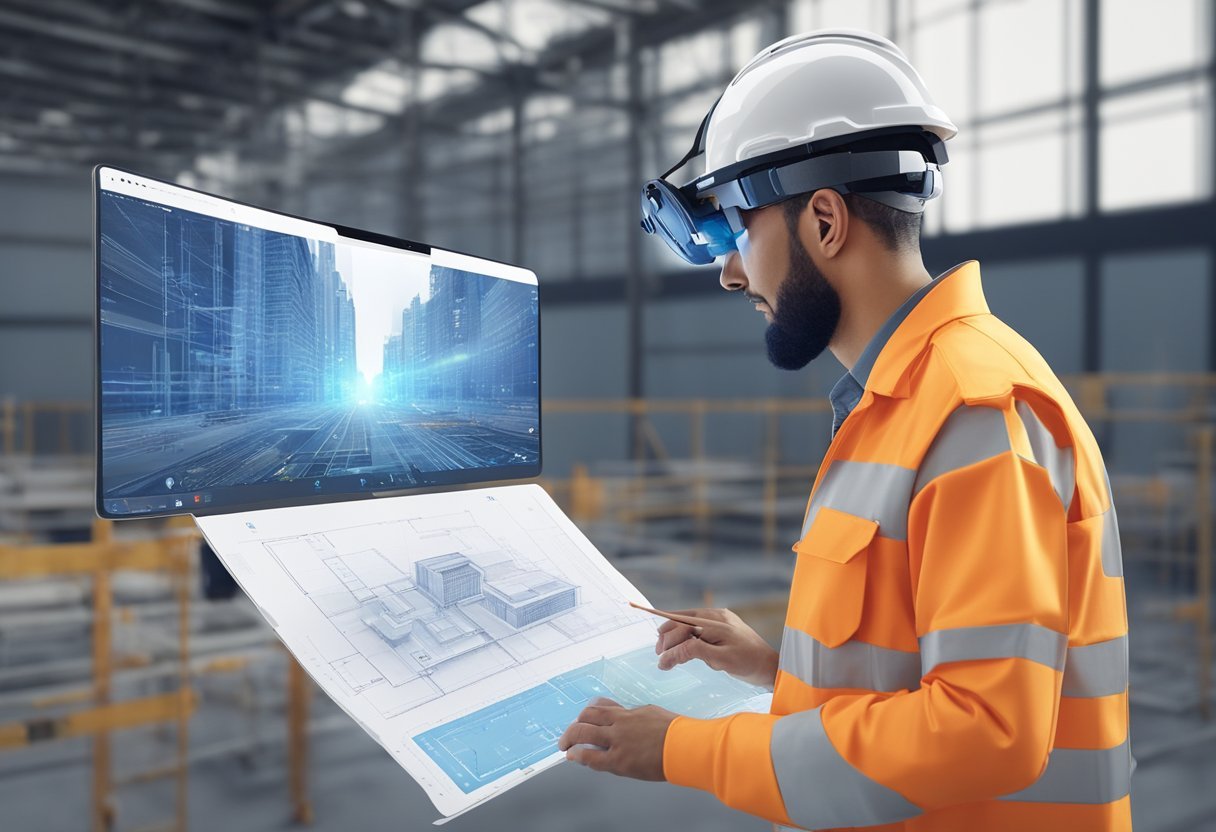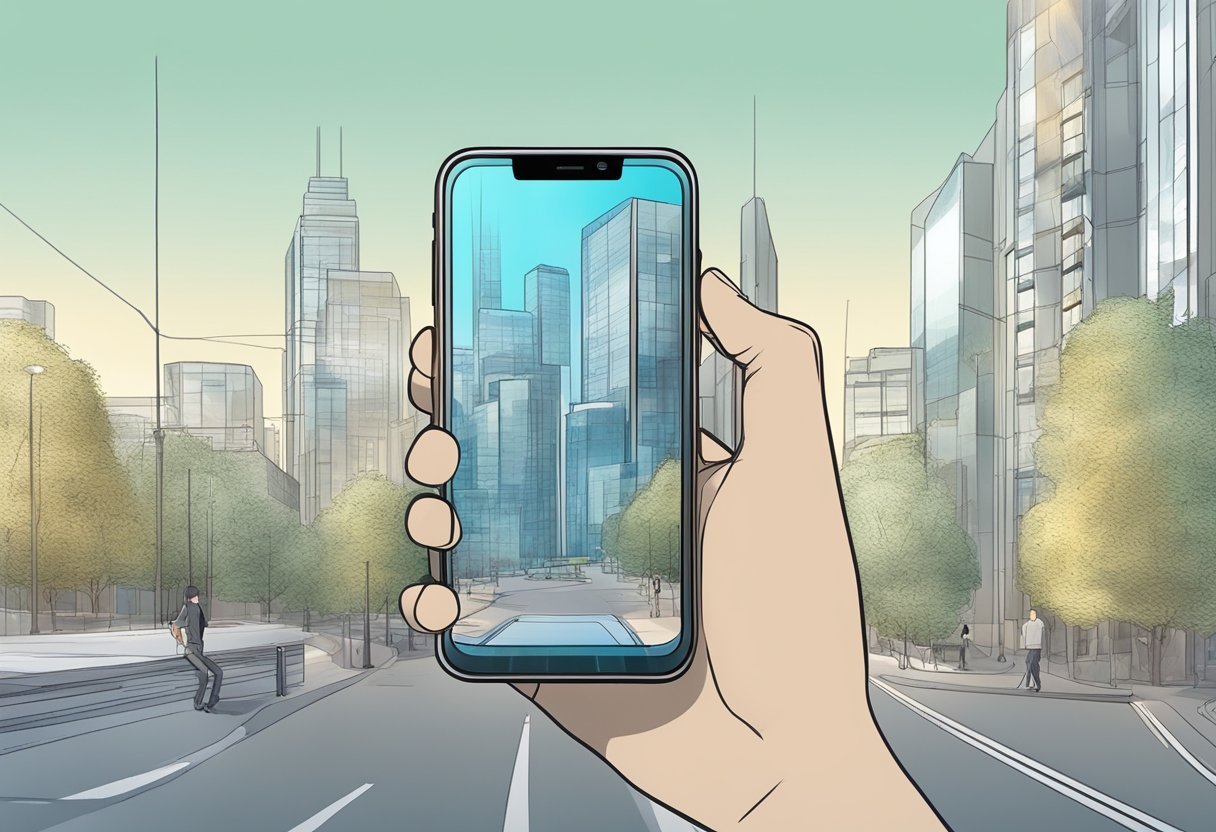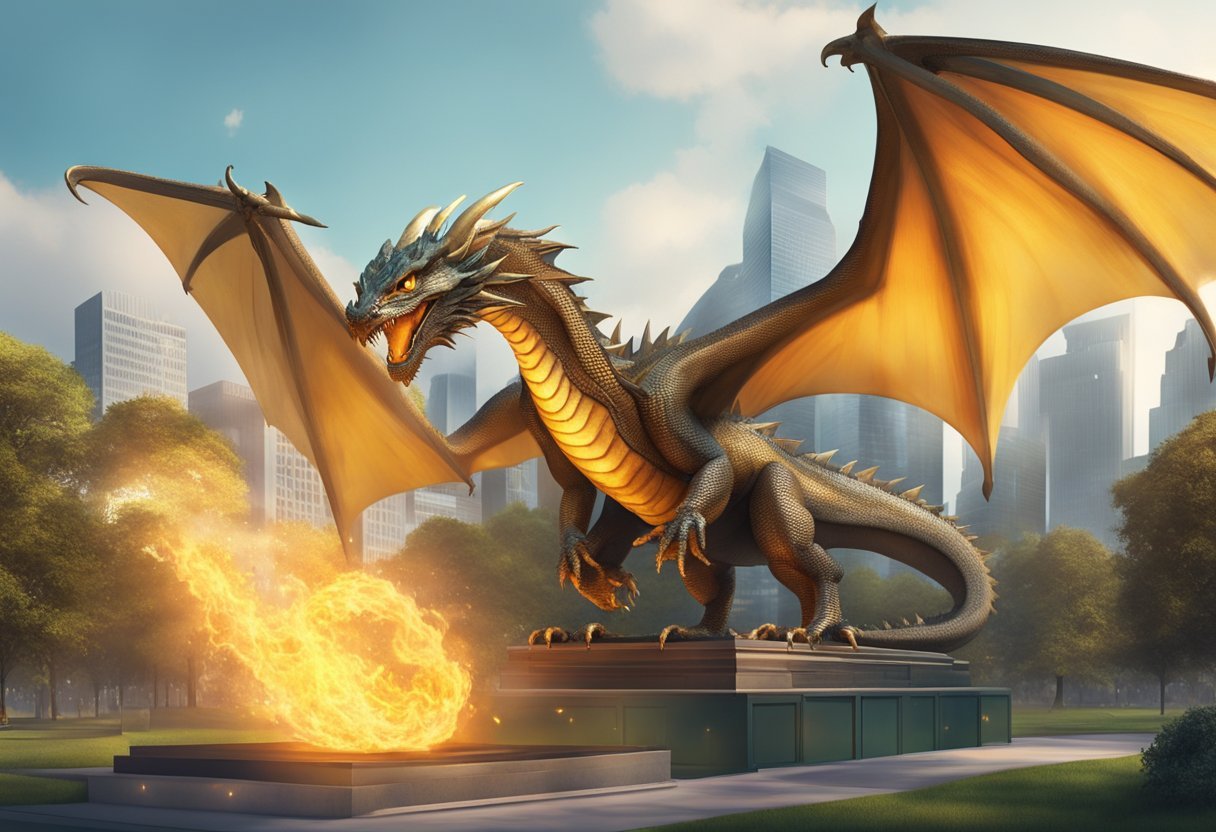Mixed reality (MR) technology is transforming the construction industry by creating a new way of visualizing and interacting with digital information. MR combines the real world with virtual elements to create an entirely new experience that enhances the design, planning, and construction process. With MR, you can see and experience a project before it is built, allowing for better collaboration, efficiency, and safety. In this article, I will share with you 10 use cases of mixed reality in construction and how MR technology can improve your project planning.
One of the fundamental aspects of MR in construction is its ability to create a more immersive experience. With MR, you can visualize a project in 3D and interact with it in real-time, making it easier to identify potential issues and make changes before construction begins. MR can also help with design and planning by allowing you to see how different elements of a project will fit together and how they will interact with the environment.
How Mixed Reality works in Construction
Mixed Reality (MR) is a technology that combines Virtual Reality (VR) and Augmented Reality (AR) to create an interactive, real-time environment. It allows the user to view and manipulate digital models in the real world. In construction, MR technology is used to create 3D models of buildings, bridges, and other structures. These models can be viewed on a computer screen or through a headset such as the Microsoft HoloLens.
MR Technologies and Hardware in Construction
The use of MR technology in construction has grown rapidly in recent years. Companies like Trimble have developed software that allows users to create 3D models of construction projects. These models can be viewed on a computer screen or through a headset such as the Microsoft HoloLens.
The Microsoft HoloLens is a headset that allows users to view and interact with digital models in the real world. It uses sensors and cameras to track the user’s movements and position in space. This allows the user to move around the model and interact with it as if it were a physical object.
The Role of MR in Construction Workflows
MR technology has the potential to revolutionize the construction industry. It allows architects, engineers, and contractors to visualize and manipulate digital models of construction projects in real-time. This can help to identify design flaws, improve collaboration, and reduce errors and rework. MR technology can also be used to improve safety on construction sites. For example, workers can use headsets to view digital models of the construction site and identify potential hazards before they occur.
MR technology is a powerful tool that is transforming the construction industry. By allowing users to view and manipulate digital models in the real world, it has the potential to improve collaboration, reduce errors, and improve safety on construction sites.
10 Use Cases Of Mixed Reality in Construction

- Design Visualization and Modification
- Real-time Collaboration and Communication
- Construction Sequencing and Scheduling
- Safety Training and Hazard Identification
- On-Site Navigation and Information Retrieval
- Remote Expert Assistance and Inspection
- Quality Assurance and Inspection
- Facility Management and Maintenance
- Asset Management and Lifecycle Tracking
- Stakeholder Engagement and Client Presentations
Design Visualization and Modification
Mixed reality (MR) in construction allows for the visualization of architectural designs within the actual physical environment. This technology enables architects and clients to see how a building will look upon completion, facilitating better decision-making and design modifications before construction begins. MR tools can project 3D models onto a physical space, allowing users to walk around and interact with the design at scale. This immersive experience helps in identifying potential design issues early on, allowing for adjustments to be made in a cost-effective manner, ultimately reducing the risk of costly changes during the construction phase.
Real-time Collaboration and Communication
MR technology fosters real-time collaboration and communication among construction teams, stakeholders, and clients, regardless of their physical location. By sharing a mixed reality environment, multiple users can view and discuss the project in a shared virtual context, enhancing understanding and engagement. This collaborative approach streamlines the decision-making process, as team members can annotate, manipulate, and review designs together, leading to improved project coordination and reducing the risk of miscommunication.
Construction Sequencing and Scheduling
Construction sequencing and scheduling are critical for the timely and efficient completion of projects. MR enables construction managers to visualize and assess the construction sequence in the context of the actual job site. By overlaying the digital project timeline onto the real-world environment, managers can plan and optimize the sequence of construction activities, identify potential bottlenecks, and adjust schedules proactively to avoid delays. This use of MR ensures a more organized approach to project management and helps keep the construction on track.
Safety Training and Hazard Identification
MR provides an interactive platform for safety training and hazard identification in the construction industry. Through immersive simulations, construction workers can experience realistic job site scenarios and learn to identify and respond to potential hazards without being exposed to real danger. This type of training not only improves safety awareness and preparedness but also helps in reducing the incidence of accidents on-site, fostering a culture of safety and compliance with occupational health regulations.
On-Site Navigation and Information Retrieval
On large and complex construction sites, MR can assist workers with on-site navigation and information retrieval. By wearing MR headsets, workers can access digital plans and data overlaid on their view of the physical environment, helping them navigate to specific locations and understand where various elements of the project are to be installed. This reduces the time spent searching for information and ensures that workers have immediate access to the most up-to-date project details, enhancing productivity and reducing errors.
Remote Expert Assistance and Inspection
MR enables remote experts to provide assistance and conduct inspections without being physically present on the construction site. Using MR devices, on-site workers can share their view with off-site specialists who can guide them through complex tasks, provide instant feedback, and approve work remotely. This capability is particularly useful for specialized inspections or when expertise is required from individuals who are not readily available on-site, helping to maintain project momentum and reduce downtime.
Quality Assurance and Inspection
Quality assurance and inspection are critical to ensuring that construction meets design specifications and industry standards. MR technology allows inspectors and construction managers to overlay digital models onto the physical environment, enabling them to compare the as-built conditions with the intended design in real-time. This immediate visual comparison helps in identifying discrepancies early, allowing for prompt corrective actions and ensuring that the construction adheres to the highest quality standards.
Facility Management and Maintenance
MR is a valuable tool for facility management and maintenance once construction is complete. Maintenance personnel can use MR to visualize the building’s systems, such as HVAC, electrical, and plumbing, and access maintenance history and technical specifications overlaid on the equipment they are servicing. This not only speeds up the identification and resolution of maintenance issues but also enhances the efficiency of ongoing building management.
Asset Management and Lifecycle Tracking
Asset management and lifecycle tracking are essential for maximizing the value of investments in construction. MR technology can track the installation, condition, and maintenance requirements of building components throughout their lifecycle. By scanning a component with an MR device, facility managers can access a wealth of information, including installation dates, warranty details, and service records, facilitating proactive asset management and extending the longevity of building components.
Stakeholder Engagement and Client Presentations
MR can revolutionize stakeholder engagement and client presentations in the construction industry. By providing an immersive experience, MR allows clients and stakeholders to virtually walk through the construction project, fostering a deeper understanding and connection to the work being proposed or completed. This interactive approach can be particularly persuasive during the bidding phase of a project or when seeking approvals, as it provides a compelling visualization of the project’s potential and helps in securing buy-in from all parties involved.
Design and Planning with MR
Mixed reality (MR) technology has revolutionized the design and planning phase in construction. With MR, you can move from 2D drawings to highly detailed 3D models that provide a more realistic view of the project. This technology allows you to view the project in a spatial relationship, giving you a better understanding of how the different components of the project fit together.
From 2D Drawings to Highly Detailed 3D Models
Traditionally, construction projects would start with 2D drawings that were then converted into 3D models. However, with MR technology, you can now start with highly detailed 3D models that provide a more accurate representation of the project. This allows you to visualize the project in a more realistic way, which can help you identify potential issues early on in the design process.
BIM Integration and MR Tools
Building Information Modeling (BIM) is a process that involves creating a digital representation of a building or structure. MR technology can be integrated with BIM tools, such as Trimble Connect, to provide a more comprehensive view of the project. This integration allows you to view the project in 3D and make changes in real-time.
Hololens technology is a popular MR tool that allows you to view the project in a mixed reality environment. This technology enables you to interact with the project in a more intuitive way, allowing you to make changes and adjustments more quickly.
MR technology has transformed the design and planning phase in construction. With the ability to move from 2D drawings to highly detailed 3D models, and the integration of BIM tools and MR technology, you can view the project in a more comprehensive way. This technology provides a more accurate representation of the project, allowing you to identify potential issues early on in the design process.
Enhancing Collaboration and Efficiency
Mixed reality has the potential to revolutionize construction by enhancing collaboration and efficiency among construction teams. By leveraging mixed reality, construction teams can streamline workflows, improve communication, and access real-time data from anywhere.
Remote Collaboration and Real-Time Data Access
Mixed reality software allows construction teams to collaborate remotely and access real-time data from anywhere. This means that construction teams can work together in real-time, regardless of their physical location. This is particularly useful for teams that are working on large-scale construction projects that require a high level of collaboration.
Mixed reality software also allows construction teams to access real-time data from anywhere. This means that teams can access project schedules, blueprints, and other important data from their mobile devices. This makes it easier for teams to stay on top of their schedules and coordinate their work more efficiently.
Improving Project Coordination
Mixed reality can also improve project coordination by providing construction teams with a more accurate and detailed view of the project. By using mixed reality software, construction teams can visualize the project in 3D and identify potential issues before they become major problems. This allows teams to make adjustments to the project schedule and coordinate their work more efficiently.
In addition, mixed reality software can also help construction teams to identify potential safety hazards on the job site. By visualizing the project in 3D, teams can identify potential hazards and take steps to mitigate them before they become a problem.
Mixed reality has the potential to enhance collaboration and efficiency among construction teams. By leveraging mixed reality software, construction teams can work together more effectively, access real-time data from anywhere, and improve project coordination.
Safety and Quality Control
Mixed Reality (MR) technology is revolutionizing the construction industry by transforming the way construction workers perceive and interact with their environment. MR technology is providing construction workers with a new level of safety and quality control that was previously not possible. This section will explore how MR technology is reducing human error and safety risks while improving quality assurance in the construction industry.
Reducing Human Error and Safety Risks
One of the main benefits of MR technology is its ability to reduce human error and safety risks. MR technology provides construction workers with a holographic data overlay of the construction site, which allows them to visualize potential safety hazards and avoid accidents. This technology also allows workers to see the construction site from a different perspective, which can help them identify potential safety risks that may have been missed from their normal viewpoint.
MR technology can be used to train construction workers on safety procedures and protocols. This training can be done in a simulated environment, which allows workers to practice safety procedures in a safe and controlled setting. This can help reduce the number of accidents that occur on construction sites due to human error.
Quality Assurance with MR
MR technology is also improving quality assurance in the construction industry. MR technology can be used to create 3D models of the construction site, which can be used to identify potential design flaws and construction errors before they become major problems. This technology can also be used to ensure that construction is being done according to the plans and specifications.
MR technology can also be used to track construction progress in real-time. This can help ensure that construction is being done on schedule and within budget. This technology can also be used to monitor the quality of work being done by construction workers, which can help ensure that the finished product meets the required standards.
MR technology is providing the construction industry with a new level of safety and quality control. This technology is reducing human error and safety risks while improving quality assurance. MR technology is transforming the way construction workers perceive and interact with their environment, and it is quickly becoming an essential tool in the construction industry.
Implementation and Adoption Challenges
Mixed Reality (MR) has great potential for use in the construction industry. However, its implementation and adoption pose several challenges. In this section, we will discuss some of the most significant implementation and adoption challenges of mixed reality in construction.
Hardware and Software Limitations
One of the most significant challenges of implementing mixed reality in construction is hardware and software limitations. MR requires high-end hardware and software, which can be expensive for contractors, especially for small construction projects. Moreover, the hardware and software requirements for MR are continuously evolving, making it difficult for contractors to keep up with the latest developments.
User Interface and Experience
Another significant challenge of implementing mixed reality in construction is user interface and experience. MR systems require a user-friendly interface that is easy to use, even for non-technical personnel. Moreover, the interface should be intuitive and easy to understand for the user to have a positive experience with the technology.
Integrating MR into Existing Construction Workflows
Integrating MR into existing construction workflows is another significant challenge. Construction workflows are complex, and adding a new technology like MR requires significant changes to the workflow. Contractors must identify the right places in the workflow to integrate MR, and this requires a thorough understanding of the construction process.
To overcome these challenges, contractors must carefully evaluate the potential benefits of MR and identify the right use cases for the technology. Contractors must also invest in training their personnel to use MR effectively. Finally, contractors must work closely with MR hardware and software vendors to ensure that the technology is compatible with their existing workflows.
Implementing mixed reality in construction poses several challenges, including hardware and software limitations, user interface and experience, and integrating MR into existing construction workflows. Contractors must carefully evaluate the potential benefits of MR and work closely with MR hardware and software vendors to overcome these challenges and reap the benefits of this exciting technology.
Frequently Asked Questions
What is mixed reality with example?
Mixed reality is the combination of the real world and virtual objects. It is a technology that allows users to interact with both real and virtual objects simultaneously. For example, a mixed reality headset can display virtual objects in the real world, allowing users to interact with those objects as if they were real.
What is mixed reality in engineering?
Mixed reality in engineering is the use of mixed reality technology in the field of engineering. It allows engineers to visualize and interact with 3D models of their designs in the real world. This technology can help to improve collaboration, reduce errors, and increase efficiency in the engineering process.
How virtual reality is used in construction?
Virtual reality is used in construction to create 3D models of buildings and structures. This technology allows architects, engineers, and construction workers to visualize and interact with these models in a virtual environment. This can help to identify potential issues and make changes before construction begins, reducing errors and increasing efficiency.
What is a way reality can be used in the construction industry?
Mixed reality can be used in the construction industry to improve collaboration, reduce errors, and increase efficiency. For example, mixed reality headsets can be used to display virtual objects in the real world, allowing workers to interact with those objects as if they were real. This can help to identify potential issues and make changes before construction begins.
How is mixed reality used today?
Mixed reality is used today in a variety of industries, including construction, engineering, and healthcare. In construction, it is used to create 3D models of buildings and structures, and to improve collaboration between architects, engineers, and construction workers. In engineering, it is used to visualize and interact with 3D models of designs. In healthcare, it is used to train medical professionals and to improve patient outcomes.
How do you explain mixed reality?
Mixed reality is a technology that combines the real world and virtual objects. It allows users to interact with both real and virtual objects simultaneously. This technology can be used in a variety of industries, including construction, engineering, and healthcare, to improve collaboration, reduce errors, and increase efficiency.




